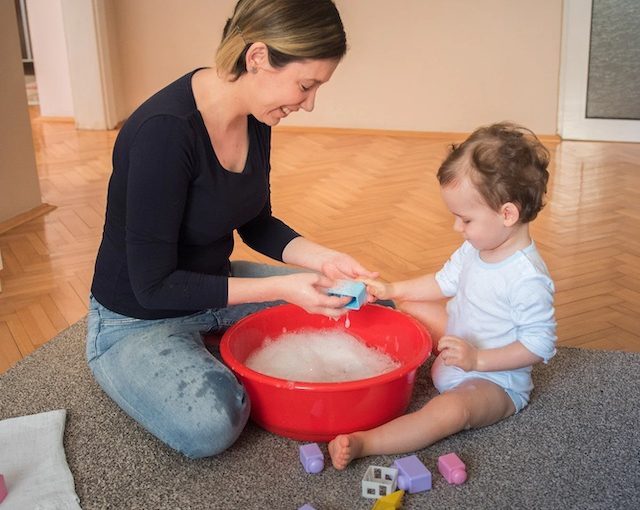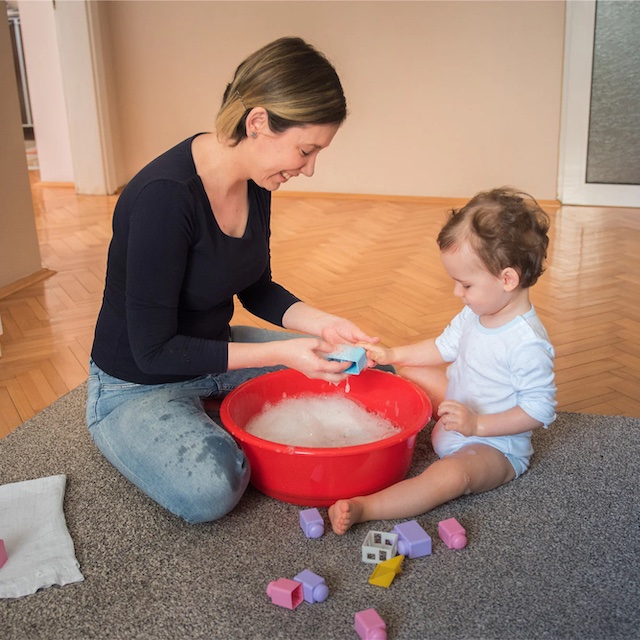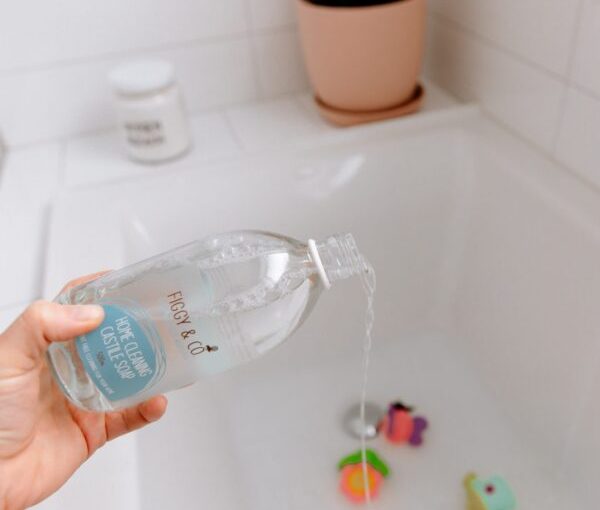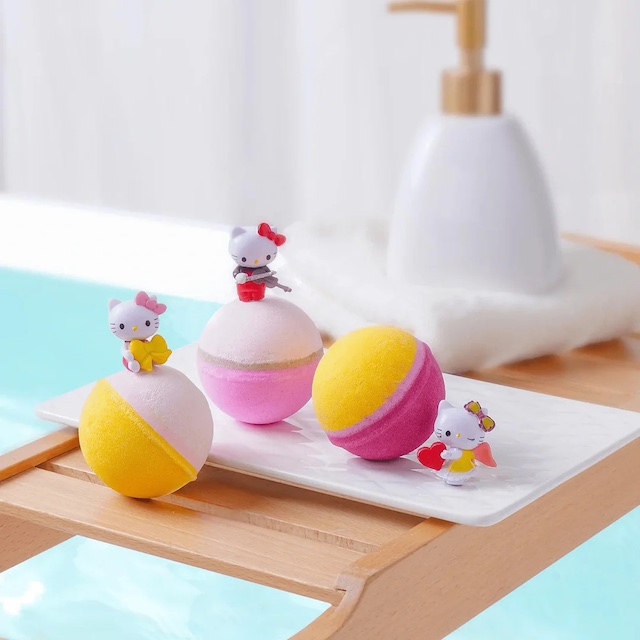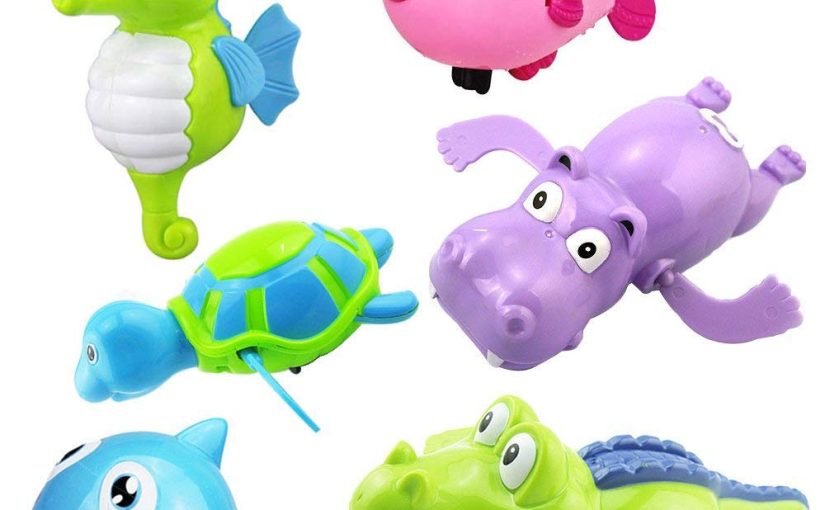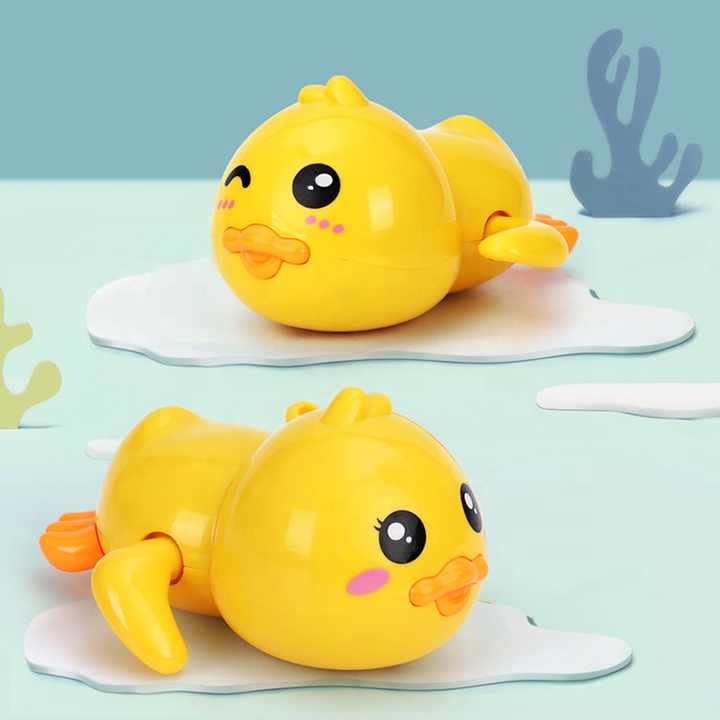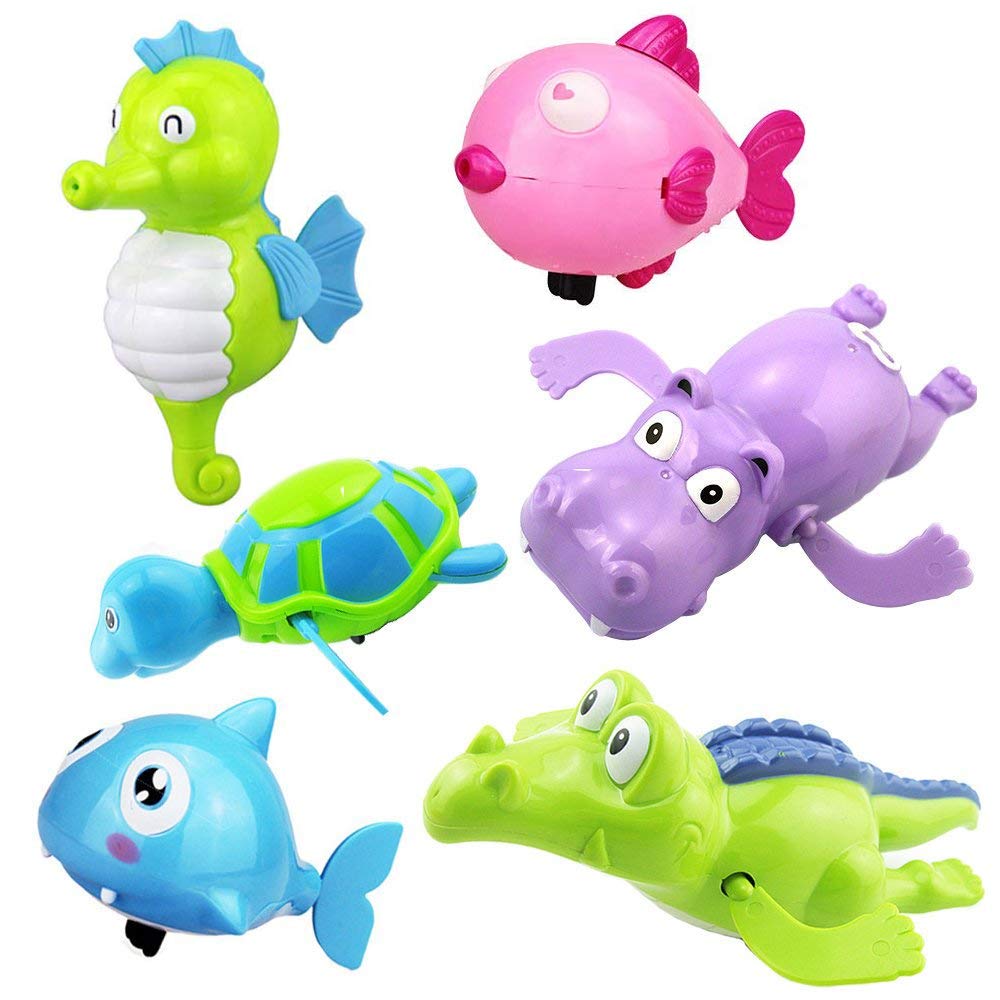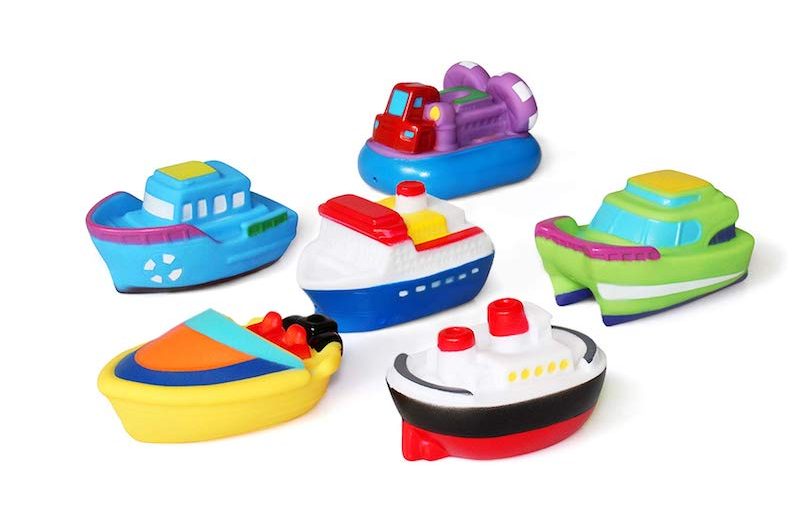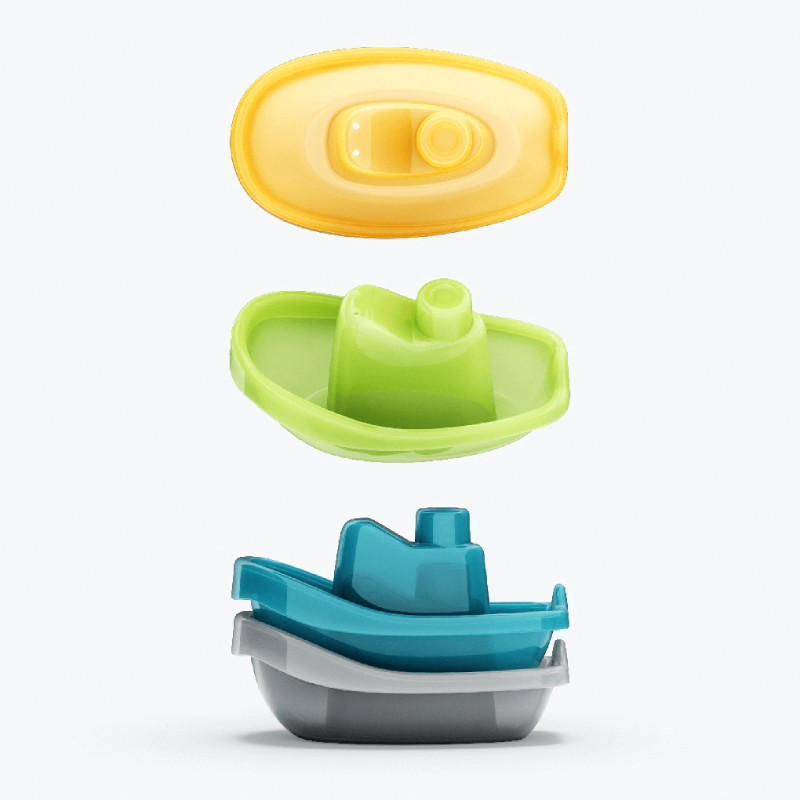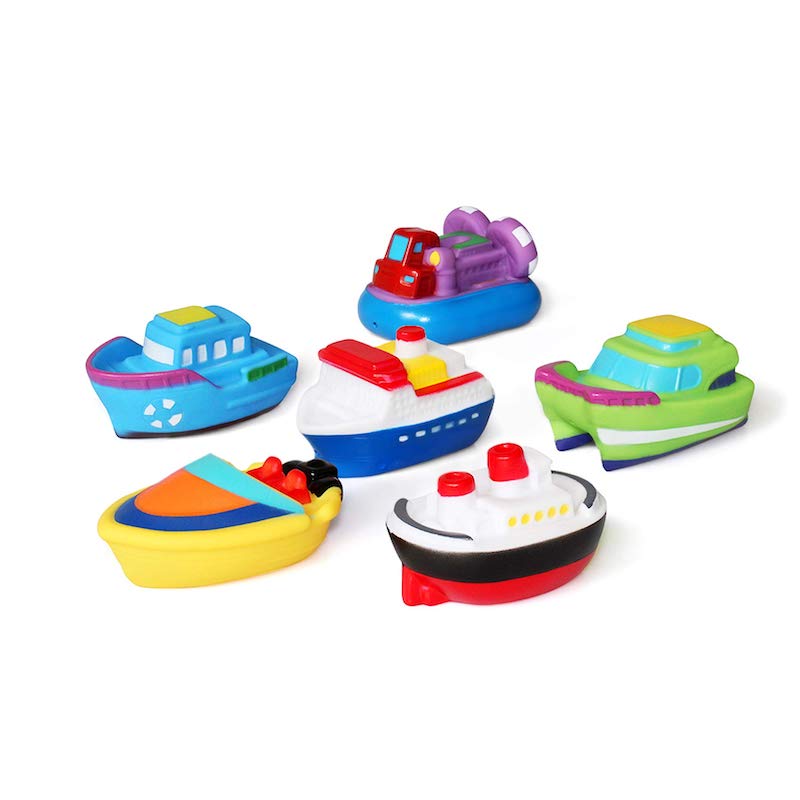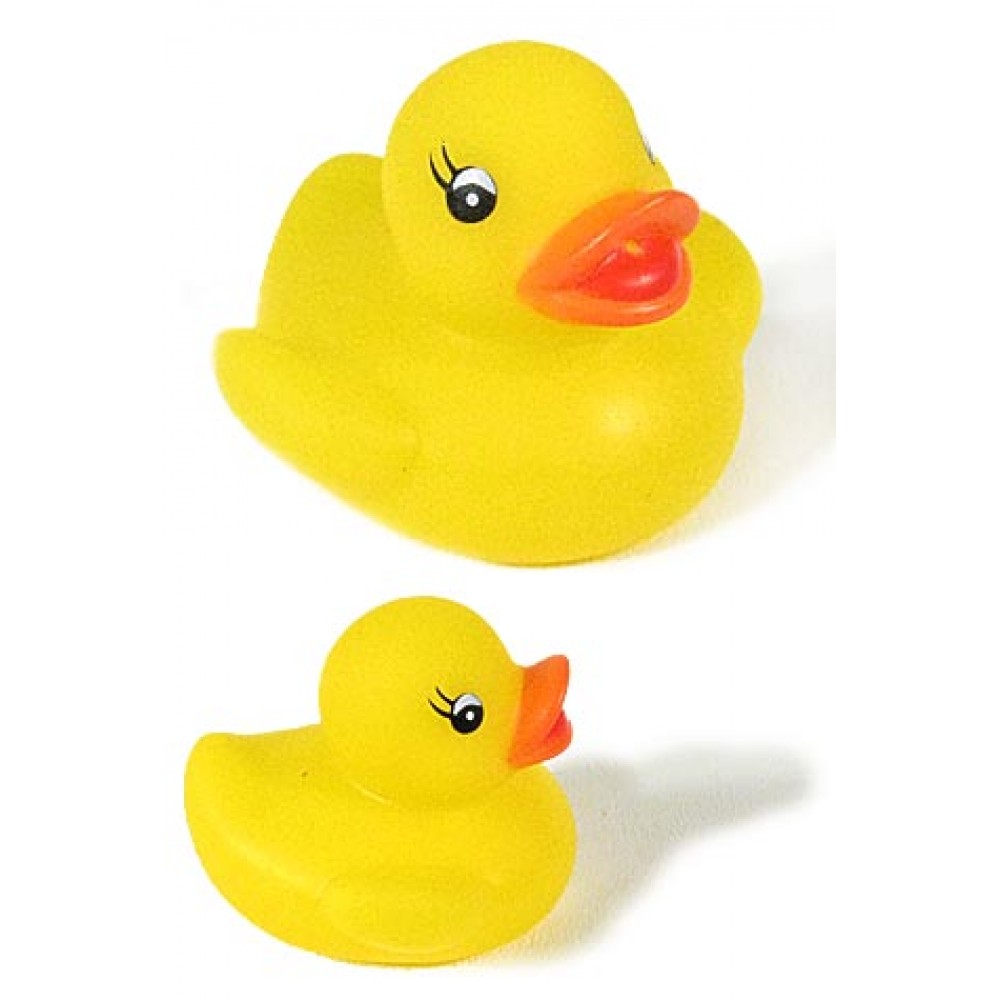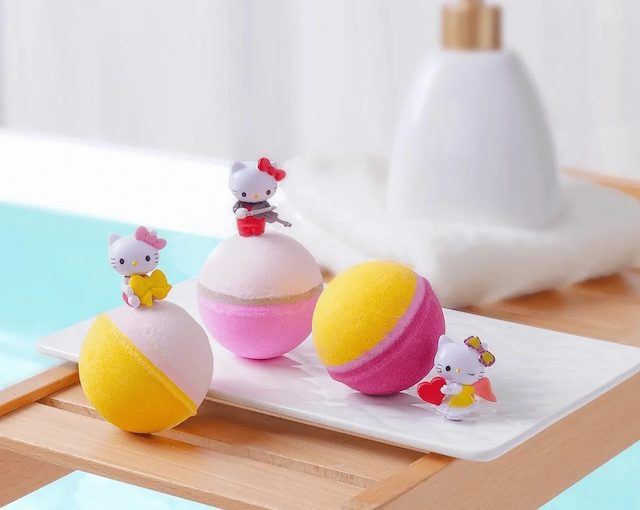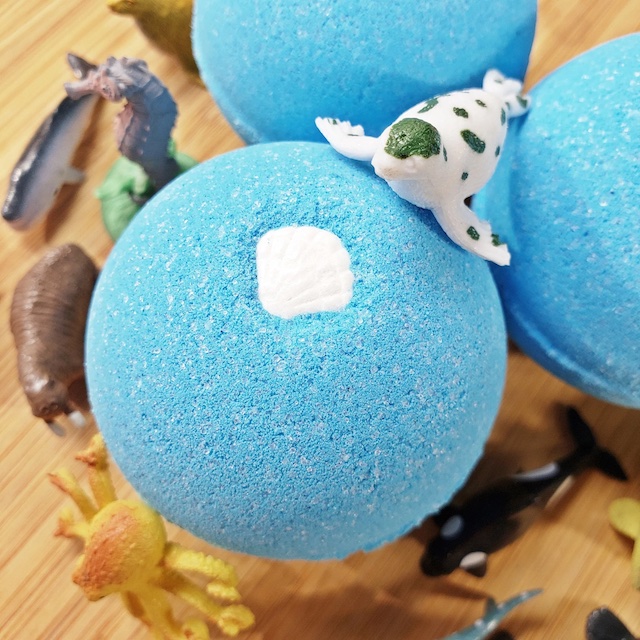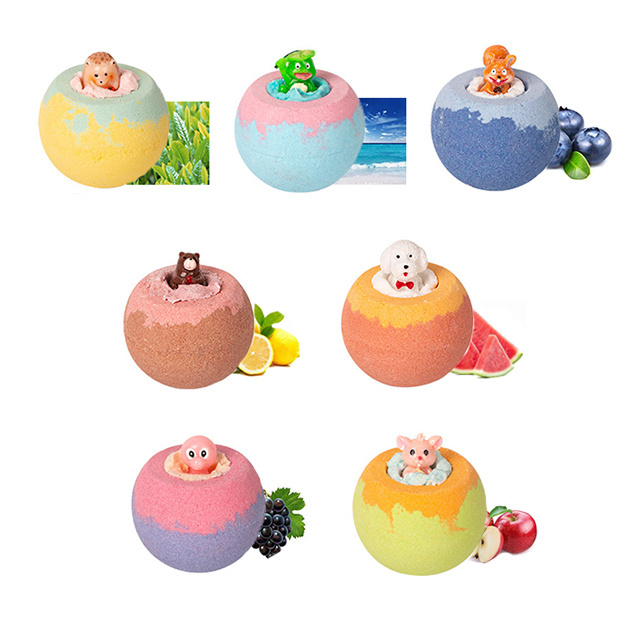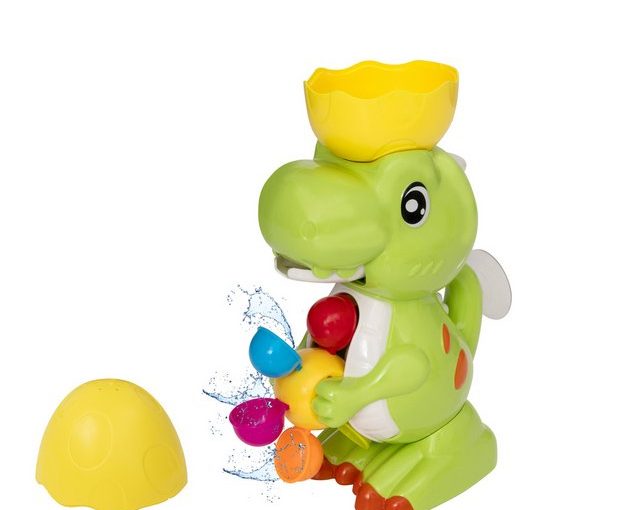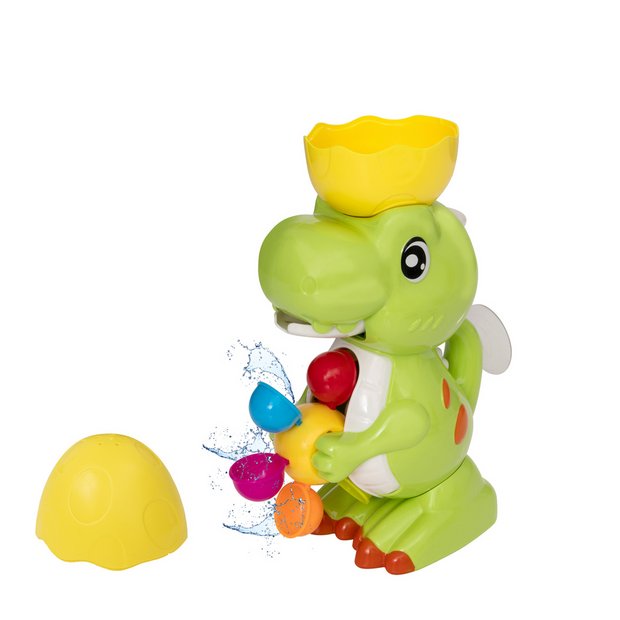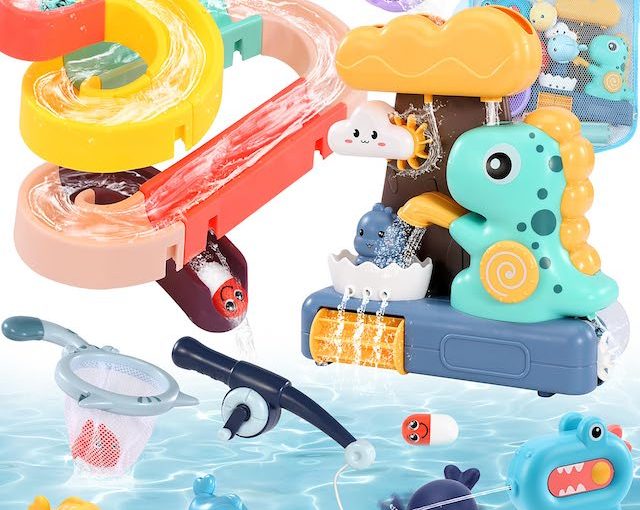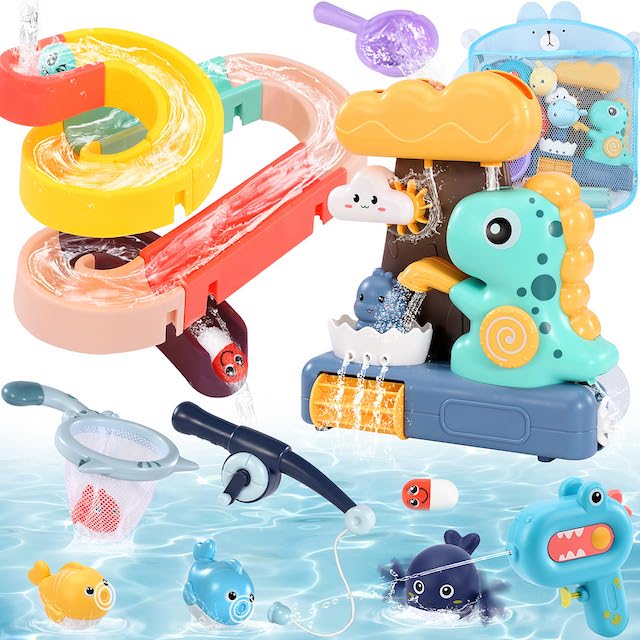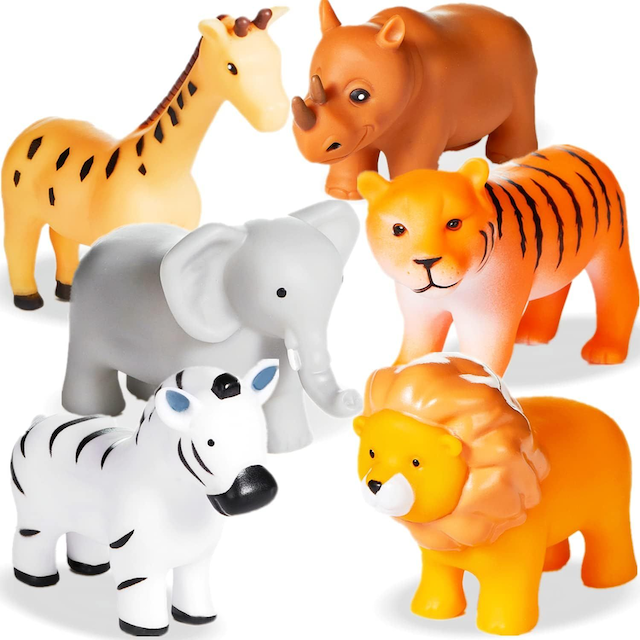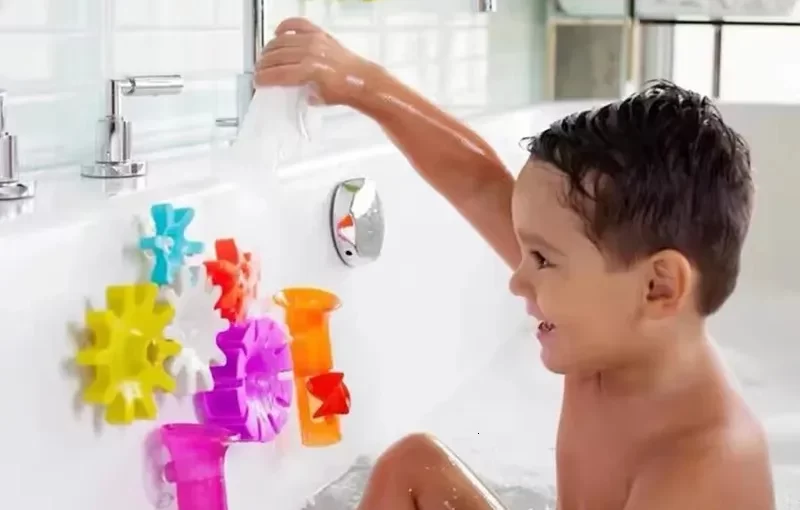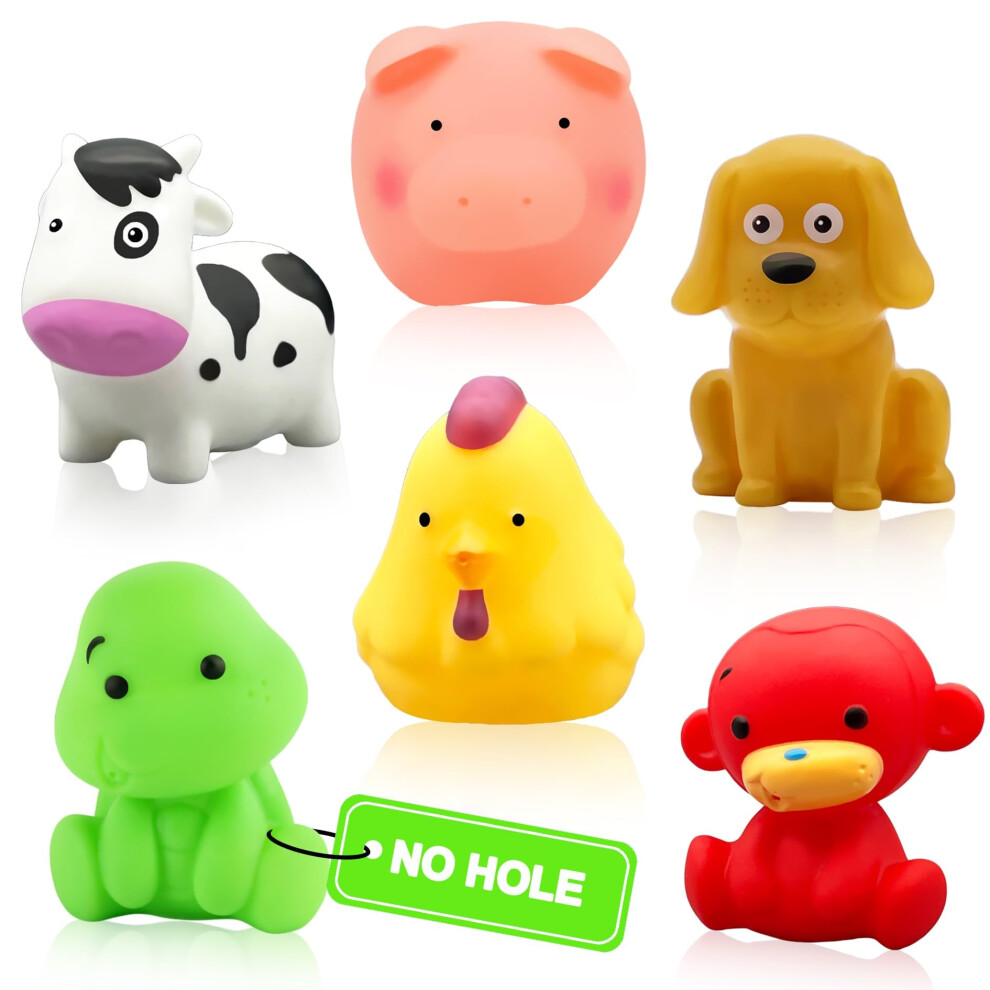Introduction to Bath Toy Cleaning
Bath toys bring joy to little ones’ bathtime. But, often, they harbor unseen germs. Unchecked, these toys can become a health hazard. The best way to clean bath toys is simple. It ensures safe, hygienic play for children. Regular cleaning stops mold and bacteria. It protects your child’s health. This guide spells out easy cleaning techniques. So, parents can keep bath toys spotless. We will explore soaking solutions and natural agents. We’ll also look at mechanical methods and storage tips. Keep bath toys fun and safe with these strategies.
Importance of Regular Cleaning of Bath Toys
Regular cleaning of bath toys is more than just about maintaining their appearance. It’s a health necessity. Kids often put toys in their mouth, making them germ carriers. Mold and bacteria thrive in moist environments. These can lead to infections or allergies in children. The best way to clean bath toys is a routine to stand by. It keeps your little ones safe during bath time fun.
By cleaning toys often, you limit germ build-up. This is vital for children with weaker immune systems. Plus, clean toys last longer. This means more smiles at bath time over time. Parents need to know the risks of dirty bath toys. By doing so, they can ensure a clean space for their children to play and learn.
Simple Soaking Solutions
The best way to clean bath toys often involves simple soaking solutions. These solutions can dissolve grime and sanitize toys easily. Here are some effective soaking methods:
- Vinegar and Water: Mix equal parts of white vinegar and warm water. Vinegar is a natural disinfectant. It kills germs without harming the toys or your child.
- Bleach Solution: A mild bleach solution can also work wonders. Use a tablespoon of bleach per gallon of water. Always rinse toys thoroughly after.
- Baking Soda Bath: Baking soda combined with warm water is another option. It can clean without toxic chemicals. Make a paste for stubborn stains.
- Dish Soap Soak: For a gentle clean, add dish soap to warm water. This loosens dirt and kills some bacteria. Rinse well to remove any soap residue.
After soaking, remember to squeeze out any water from the toys. Let them dry fully. This prevents mold from growing inside. With these solutions, you keep bath toys safe and sanitary easily.
Natural Cleaning Agents
When it comes to safe cleaning, natural agents are a parent’s best friend. These alternatives to chemicals keep bath toys clean and protect your child’s health. Here’s how to use them effectively:
- White Vinegar: Already a star in the soaking method, white vinegar also works well on its own. Just apply directly to the toys, let sit for a while, and rinse off.
- Baking Soda: For an abrasive clean without harmful substances, sprinkle baking soda on a damp sponge. Scrub the toys gently. This method works great for surface stains.
- Lemon Juice: Lemon’s natural acidity breaks down grime. Mix it with water for a fresh-smelling spray. It also leaves behind a pleasant scent.
- Tea Tree Oil: A few drops of this potent essential oil in water can serve as a powerful antifungal bath. Just mix, soak, and then rinse toys well.
Remember, natural cleaners are not only effective but also eco-friendly. They’re the best way to clean bath toys while staying mindful of your family’s health and the environment. After using any natural agent, make sure to rinse the toys thoroughly to prevent any residue. Clean toys with these natural solutions regularly, and you can rest easy knowing your child’s bath time is both safe and fun.
Mechanical Cleaning Techniques
Not all dirt will come off with soaking alone. Sometimes, you need a bit more force. This is where mechanical cleaning techniques come into play for an in-depth cleanse. These methods enhance the best way to clean bath toys by adding a physical dimension to the cleaning process.
- Toothbrush Scrubbing: An old toothbrush can work miracles on small crevices. Use it to scrub tough spots where mold tends to hide. Just make sure the bristles are soft to avoid damaging the toys.
- Dishwasher Cleaning: For certain toys, the dishwasher offers a hands-free solution. Check the toy’s care instructions first. If they are dishwasher safe, place them on the top rack and run a gentle cycle. Use a dishwasher detergent that is free of harsh chemicals.
- High-Pressure Rinse: If your shower offers a high-pressure setting, use it. A strong water stream can dislodge lingering dirt. Make sure to target the water flow into any holes or pockets on the toys.
- Washing Machine Method: Some fabric-based toys can survive a machine wash. Toss them into a lingerie bag and set the washing machine on a delicate cycle. This method works best with cold water and gentle detergent.
- Manual Squeeze Out: After all cleaning steps, give each toy a good squeeze. This ensures that any dirty water trapped inside is expelled.
These mechanical cleaning techniques can be more labor-intensive than soaking solutions. However, they effectively remove persistent dirt and grime. Use these methods as a complement to your regular cleaning routine. This will help you ensure that bath toys remain spotless and sanitary for your little ones to enjoy.
Disinfecting Bath Toys
Disinfecting bath toys is crucial to stop the spread of germs that can make children sick. While simple soaks and natural agents help clean, disinfecting gets to the next level. It kills off the majority of harmful bacteria and viruses that may linger on the toys. Here are some ways to effectively disinfect bath toys:
- High Heat: Use hot water when washing the toys, as high heat can kill most germs. Be sure to check if the toys are heat resistant.
- Disinfectant Spray: Use a disinfectant spray that is kids safe. Spray it onto the toys, then wipe them down after a few minutes.
- Rubbing Alcohol: Rubbing alcohol can be effective at killing germs. Apply it with a cloth and let it air dry.
- Steam Cleaning: If available, a handheld steam cleaner can reach tough spots and disinfect without chemicals.
- Sanitizing Solutions: Certain toys may be safe to drop in a sanitizing solution. Follow the product’s instructions closely and rinse toys well.
It’s important to remember that after disinfecting, you must rinse the toys thoroughly. This ensures that no disinfectant remains that could harm your child. Combining disinfecting with regular cleaning provides the best way to ensure bath toys are not just clean but also hygienic. Keep these tips in mind, and you can help provide a safer and more enjoyable bathtime experience for your precious ones.
Storing Bath Toys to Prevent Mold
Preventing mold starts with proper storage. Use these tips to keep toys dry and clean:
- Drain Toys Completely: Squeeze out all water after each bath. This stops mold growth.
- Use a Toy Net: Hang a toy net or organizer in the shower. This helps toys dry faster.
- Air Out the Toys: Ensure toys have good airflow. Spread them out to dry completely.
- Avoid Closed Containers: Storing toys in closed containers keeps moisture in. Choose open-air storage instead.
- Rotate Toys: Don’t use all toys at once. Rotate them to give each toy time to dry properly.
- Check for Damage: Inspect toys for cracks or breaks. Water can enter and create mold inside.
Keep mold away by storing bath toys properly. This protects your child and their toys.
Tips for Maintaining Clean Bath Toys
Maintaining the cleanliness of bath toys is crucial for your child’s health. Here are some simple tips to ensure the toys stay hygienic:
- Frequent Cleanings: Clean bath toys regularly to prevent the buildup of mold and bacteria.
- Dry Thoroughly: After bathing, make sure toys are completely dry before storing them away.
- Squeeze Out Water: Remove all water from inside toys to stop mold from forming inside.
- Inspect Regularly: Look over toys often for signs of dirt or damage.
- Stay Organized: Keep toys in a tidy, airy space to let them remain dry.
- Rotate Toys: Use different toys each bath to give them time to dry well.
- Avoid Harsh Chemicals: Choose gentle cleaners for toy maintenance, to be safe for kids.
Following these tips will help prolong the life of bath toys and keep bath time fun and safe. Remember, the best way to clean bath toys combines regular cleaning with proper storage and care.
